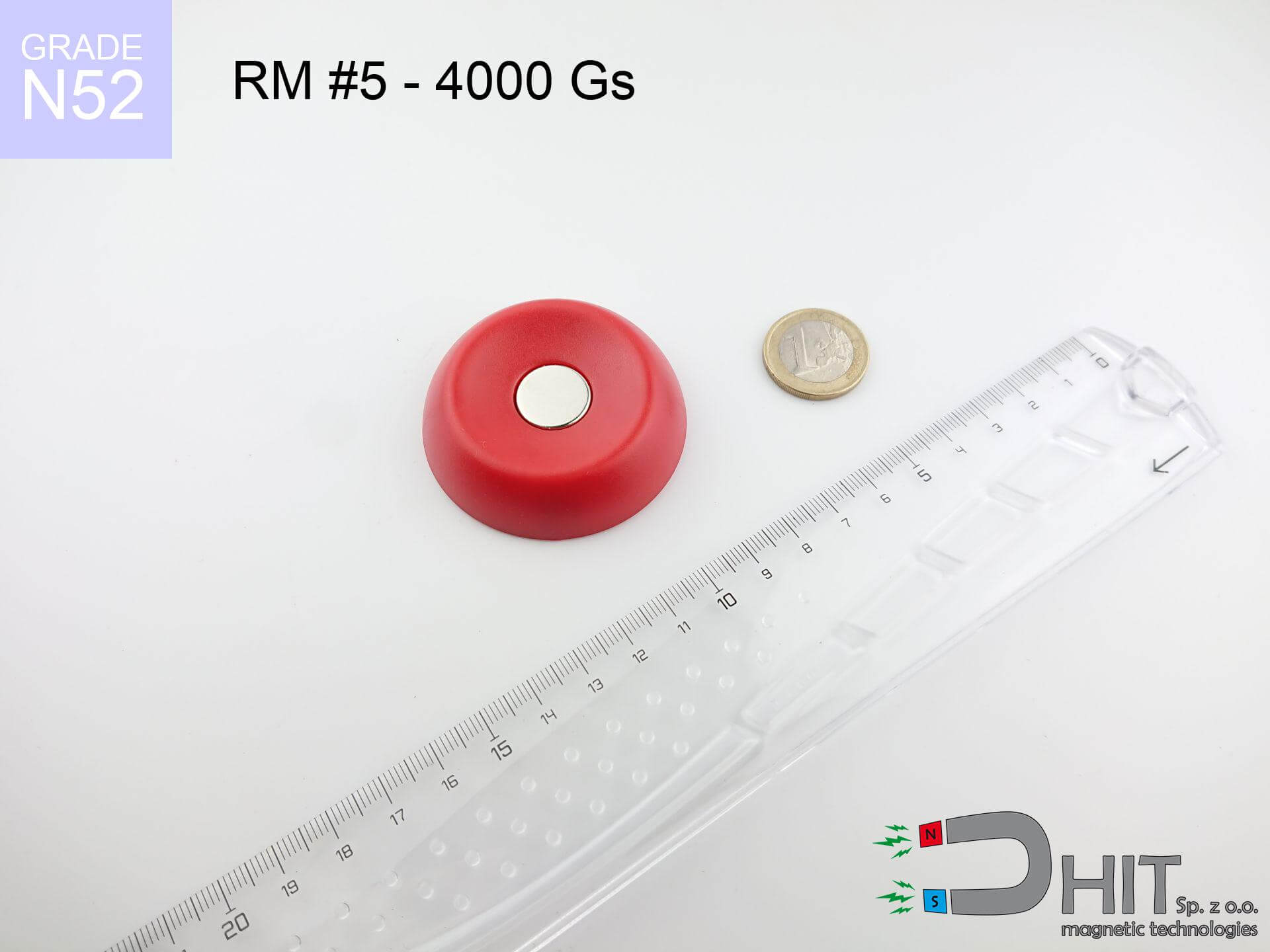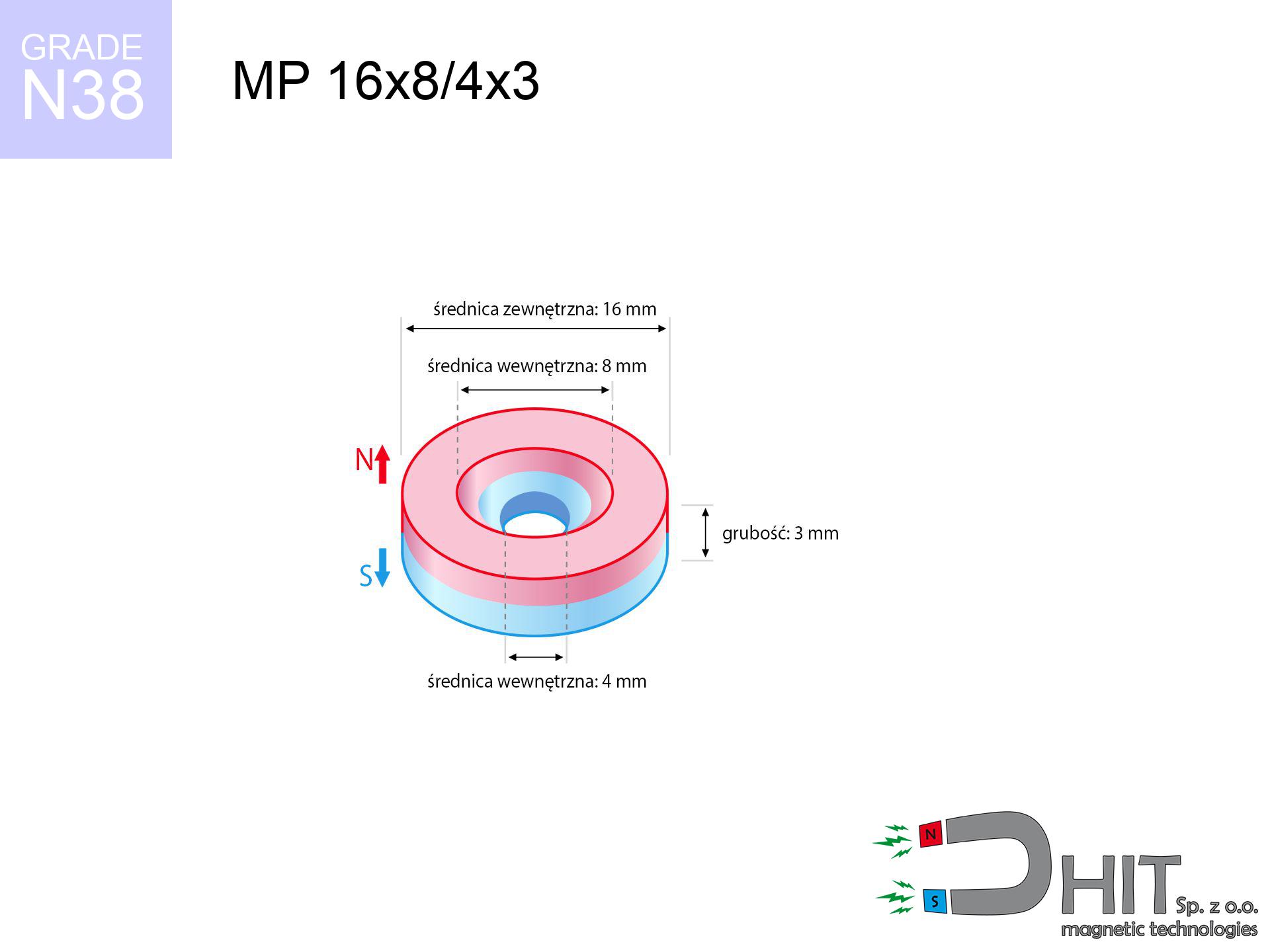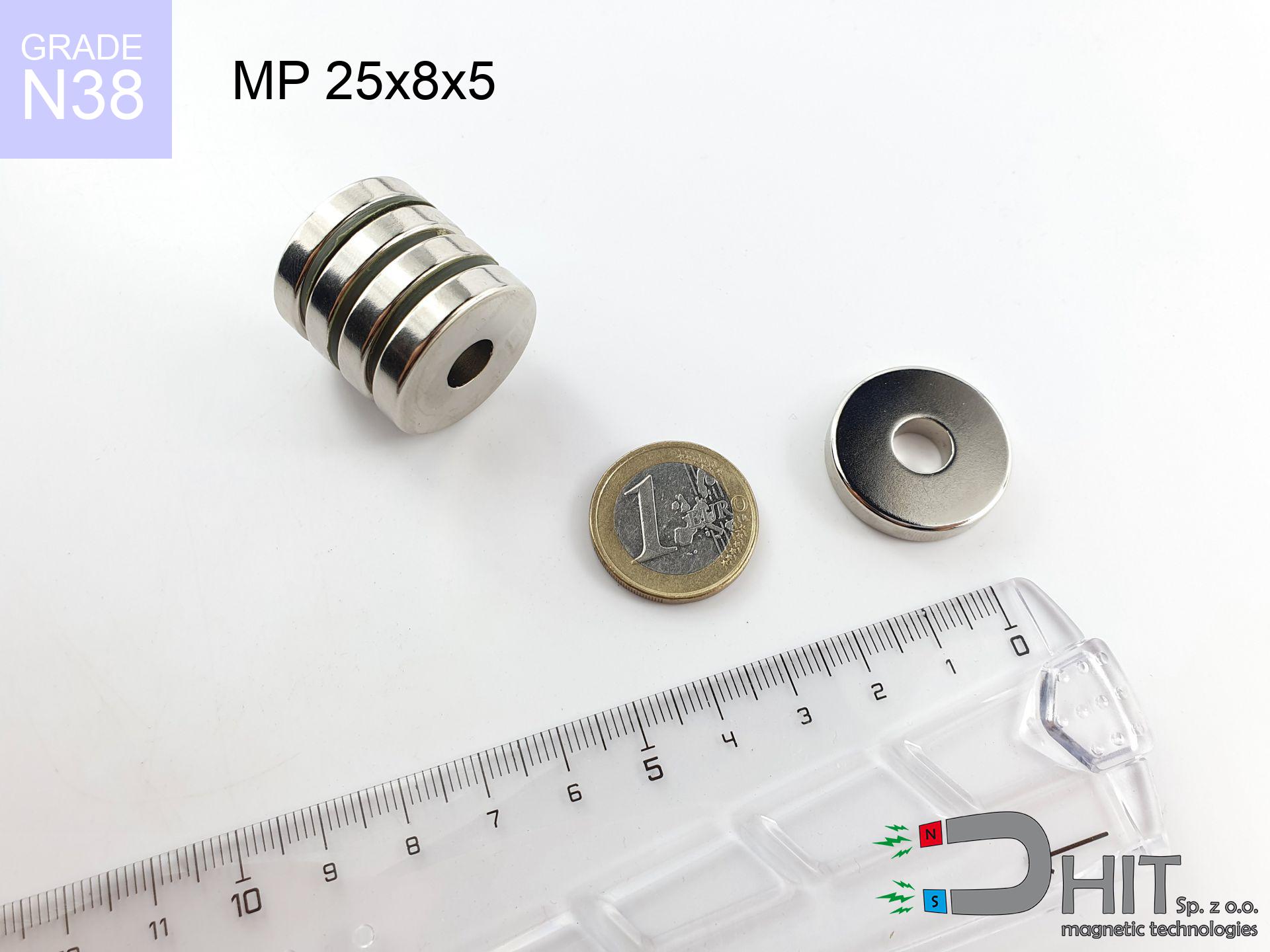RM R5 - 4000 Gs / N52 - magnetic distributor
magnetic distributor
Catalog no 280255
GTIN/EAN: 5906301814467
Weight
47 g
Magnetization Direction
↑ axial
Coating
[NiCuNi] Nickel
66.42 ZŁ with VAT / pcs + price for transport
54.00 ZŁ net + 23% VAT / pcs
bulk discounts:
Need more?Do you have problems deciding?
Give us a call
+48 888 99 98 98
otherwise drop us a message using
inquiry form
the contact section.
Lifting power and appearance of a neodymium magnet can be calculated with our
our magnetic calculator.
Same-day processing for orders placed before 14:00.
RM R5 - 4000 Gs / N52 - magnetic distributor
Specification / characteristics RM R5 - 4000 Gs / N52 - magnetic distributor
| properties | values |
|---|---|
| Cat. no. | 280255 |
| GTIN/EAN | 5906301814467 |
| Production/Distribution | Dhit sp. z o.o. |
| Country of origin | Poland / China / Germany |
| Customs code | 85059029 |
| Weight | 47 g |
| Magnetization Direction | ↑ axial |
| Coating | [NiCuNi] Nickel |
| Manufacturing Tolerance | ±1 mm |
Magnetic properties of material N52
| properties | values | units |
|---|---|---|
| remenance Br [min. - max.] ? | 14.2-14.7 | kGs |
| remenance Br [min. - max.] ? | 1420-1470 | mT |
| coercivity bHc ? | 10.8-12.5 | kOe |
| coercivity bHc ? | 860-995 | kA/m |
| actual internal force iHc | ≥ 12 | kOe |
| actual internal force iHc | ≥ 955 | kA/m |
| energy density [min. - max.] ? | 48-53 | BH max MGOe |
| energy density [min. - max.] ? | 380-422 | BH max KJ/m |
| max. temperature ? | ≤ 80 | °C |
Physical properties of sintered neodymium magnets Nd2Fe14B at 20°C
| properties | values | units |
|---|---|---|
| Vickers hardness | ≥550 | Hv |
| Density | ≥7.4 | g/cm3 |
| Curie Temperature TC | 312 - 380 | °C |
| Curie Temperature TF | 593 - 716 | °F |
| Specific resistance | 150 | μΩ⋅cm |
| Bending strength | 250 | MPa |
| Compressive strength | 1000~1100 | MPa |
| Thermal expansion parallel (∥) to orientation (M) | (3-4) x 10-6 | °C-1 |
| Thermal expansion perpendicular (⊥) to orientation (M) | -(1-3) x 10-6 | °C-1 |
| Young's modulus | 1.7 x 104 | kg/mm² |
Material specification
| iron (Fe) | 64% – 68% |
| neodymium (Nd) | 29% – 32% |
| boron (B) | 1.1% – 1.2% |
| dysprosium (Dy) | 0.5% – 2.0% |
| coating (Ni-Cu-Ni) | < 0.05% |
Ecology and recycling (GPSR)
| recyclability (EoL) | 100% |
| recycled raw materials | ~10% (pre-cons) |
| carbon footprint | low / zredukowany |
| waste code (EWC) | 16 02 16 |
Other proposals
Strengths and weaknesses of rare earth magnets.
Strengths
- They virtually do not lose strength, because even after ten years the performance loss is only ~1% (in laboratory conditions),
- Magnets very well defend themselves against demagnetization caused by ambient magnetic noise,
- Thanks to the elegant finish, the surface of Ni-Cu-Ni, gold, or silver gives an elegant appearance,
- The surface of neodymium magnets generates a unique magnetic field – this is one of their assets,
- Through (appropriate) combination of ingredients, they can achieve high thermal resistance, allowing for action at temperatures reaching 230°C and above...
- Thanks to flexibility in forming and the ability to modify to unusual requirements,
- Key role in advanced technology sectors – they find application in HDD drives, electric drive systems, medical equipment, also industrial machines.
- Compactness – despite small sizes they offer powerful magnetic field, making them ideal for precision applications
Weaknesses
- Susceptibility to cracking is one of their disadvantages. Upon intense impact they can fracture. We advise keeping them in a strong case, which not only secures them against impacts but also raises their durability
- Neodymium magnets decrease their strength under the influence of heating. As soon as 80°C is exceeded, many of them start losing their force. Therefore, we recommend our special magnets marked [AH], which maintain stability even at temperatures up to 230°C
- Magnets exposed to a humid environment can rust. Therefore while using outdoors, we advise using waterproof magnets made of rubber, plastic or other material resistant to moisture
- Limited possibility of creating threads in the magnet and complex shapes - recommended is a housing - magnetic holder.
- Potential hazard to health – tiny shards of magnets are risky, if swallowed, which is particularly important in the context of child health protection. Additionally, tiny parts of these magnets are able to complicate diagnosis medical when they are in the body.
- Due to complex production process, their price is relatively high,
Pull force analysis
Optimal lifting capacity of a neodymium magnet – what contributes to it?
- using a base made of mild steel, serving as a magnetic yoke
- whose transverse dimension is min. 10 mm
- characterized by smoothness
- under conditions of gap-free contact (metal-to-metal)
- under vertical force vector (90-degree angle)
- at conditions approx. 20°C
Determinants of practical lifting force of a magnet
- Distance – the presence of foreign body (rust, tape, gap) interrupts the magnetic circuit, which reduces power rapidly (even by 50% at 0.5 mm).
- Force direction – declared lifting capacity refers to pulling vertically. When slipping, the magnet exhibits significantly lower power (often approx. 20-30% of maximum force).
- Wall thickness – thin material does not allow full use of the magnet. Part of the magnetic field passes through the material instead of generating force.
- Steel grade – the best choice is high-permeability steel. Cast iron may generate lower lifting capacity.
- Surface quality – the smoother and more polished the plate, the larger the contact zone and higher the lifting capacity. Unevenness creates an air distance.
- Temperature influence – hot environment weakens pulling force. Too high temperature can permanently demagnetize the magnet.
Lifting capacity testing was performed on a smooth plate of suitable thickness, under a perpendicular pulling force, whereas under parallel forces the lifting capacity is smaller. Additionally, even a small distance between the magnet and the plate decreases the lifting capacity.
Electronic devices
Intense magnetic fields can destroy records on payment cards, hard drives, and other magnetic media. Stay away of min. 10 cm.
Machining danger
Dust produced during machining of magnets is self-igniting. Do not drill into magnets unless you are an expert.
Swallowing risk
Adult use only. Small elements can be swallowed, leading to serious injuries. Keep away from kids and pets.
Threat to navigation
A powerful magnetic field interferes with the functioning of compasses in phones and GPS navigation. Maintain magnets close to a device to prevent breaking the sensors.
Demagnetization risk
Regular neodymium magnets (grade N) undergo demagnetization when the temperature surpasses 80°C. The loss of strength is permanent.
Allergic reactions
A percentage of the population have a sensitization to Ni, which is the common plating for neodymium magnets. Prolonged contact can result in an allergic reaction. We recommend wear protective gloves.
Respect the power
Handle with care. Rare earth magnets act from a distance and connect with massive power, often quicker than you can move away.
Crushing risk
Risk of injury: The pulling power is so immense that it can result in blood blisters, crushing, and broken bones. Protective gloves are recommended.
Magnets are brittle
Watch out for shards. Magnets can fracture upon uncontrolled impact, launching sharp fragments into the air. Eye protection is mandatory.
Warning for heart patients
Life threat: Strong magnets can turn off heart devices and defibrillators. Do not approach if you have electronic implants.








